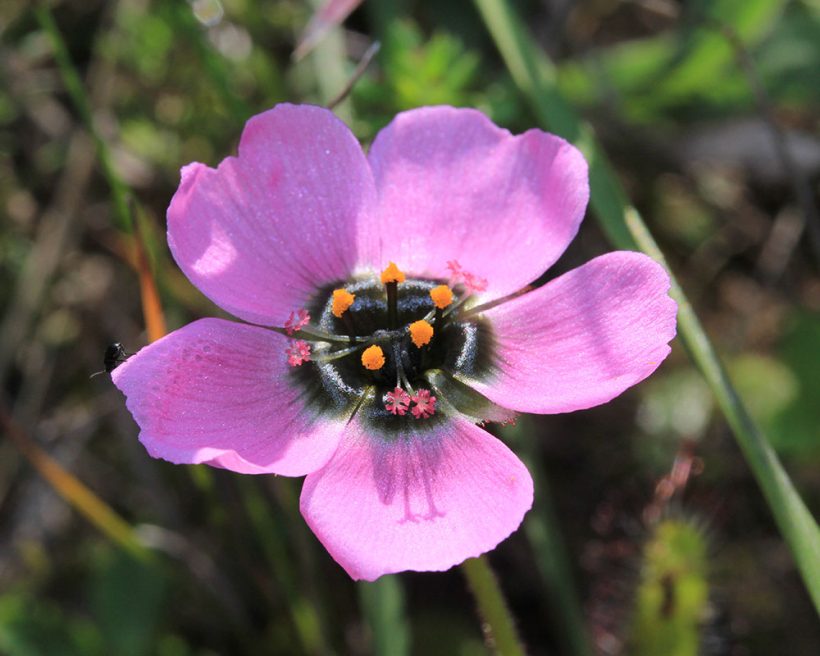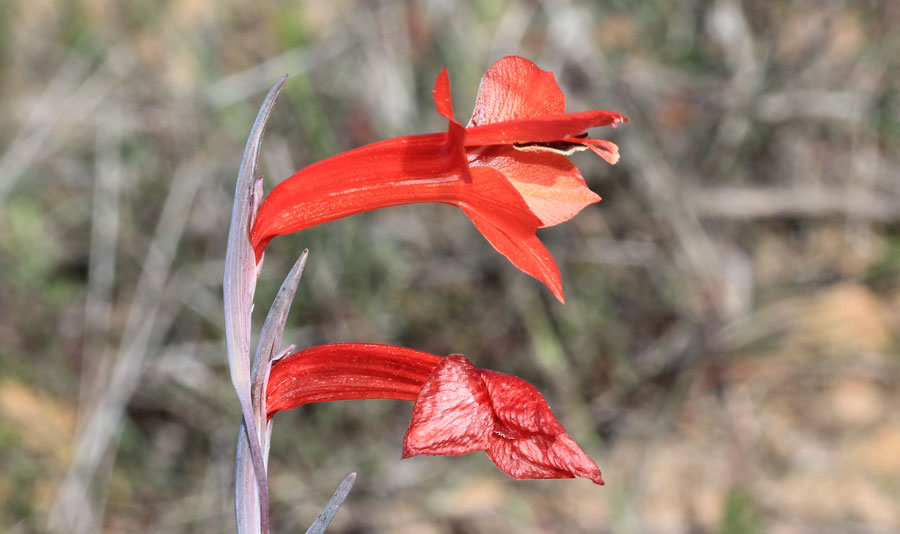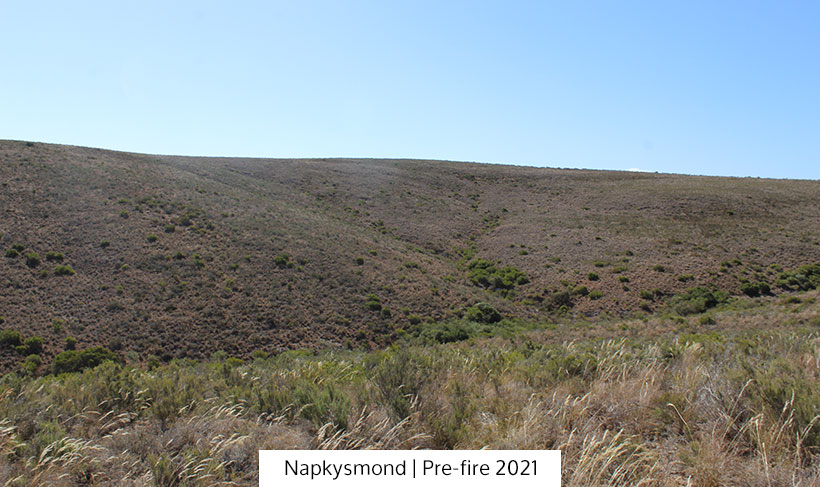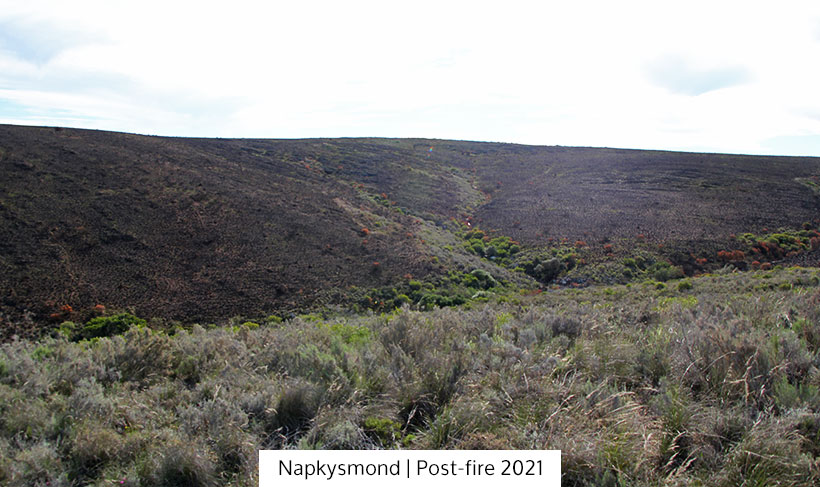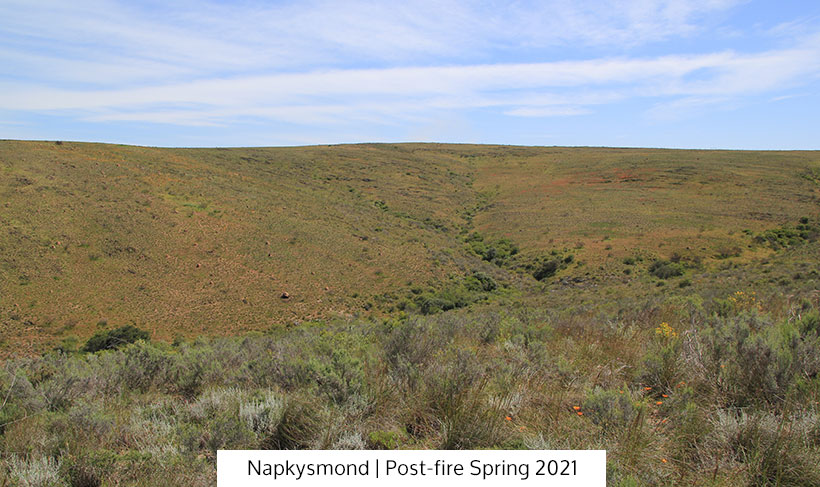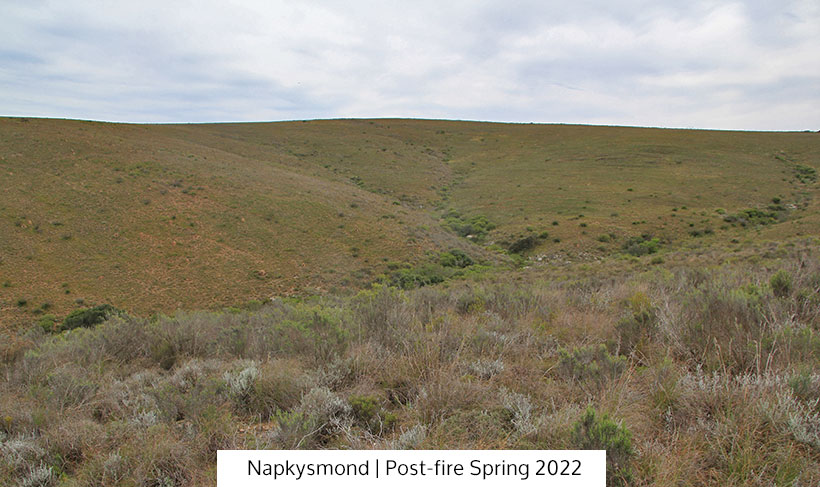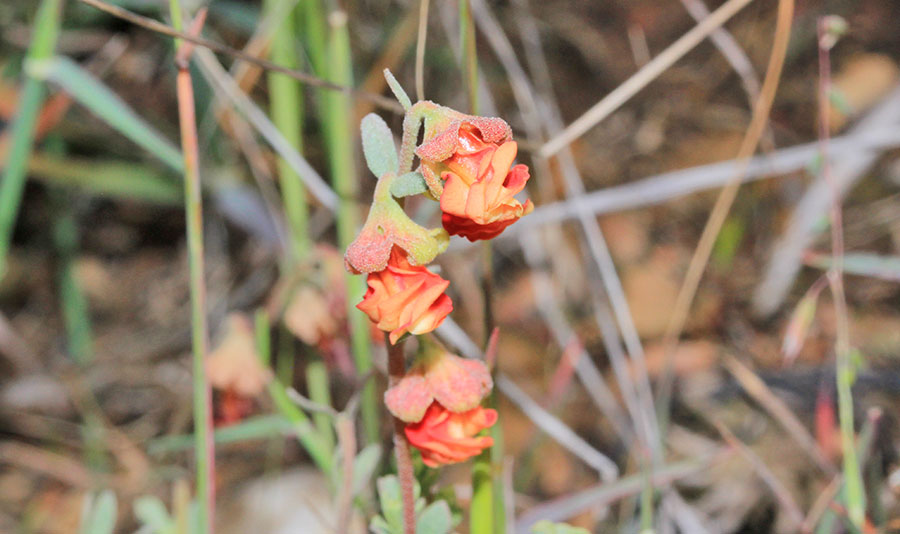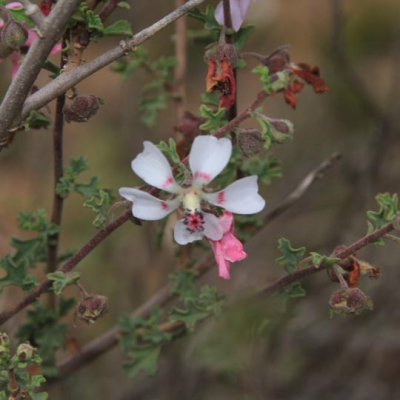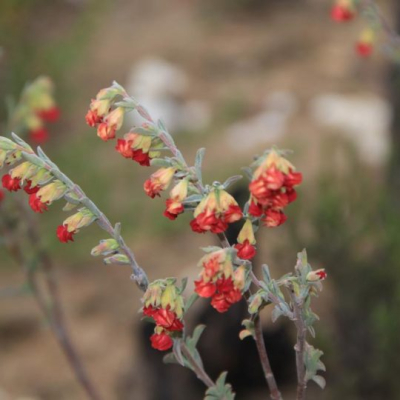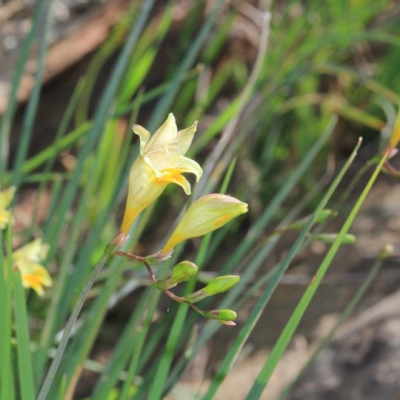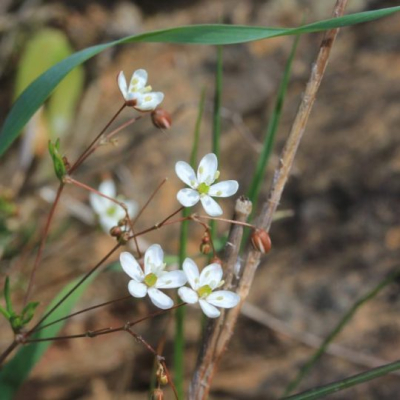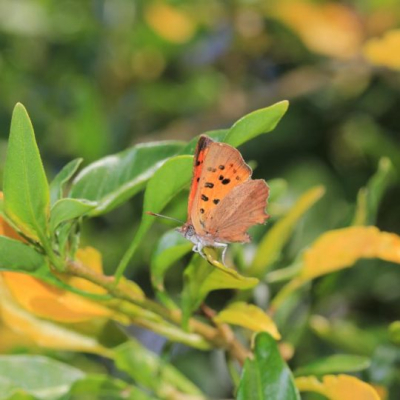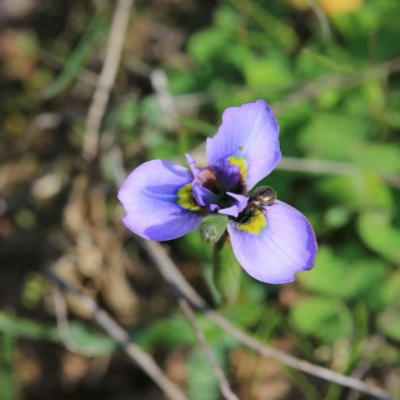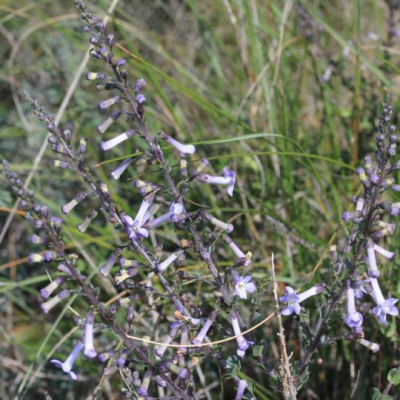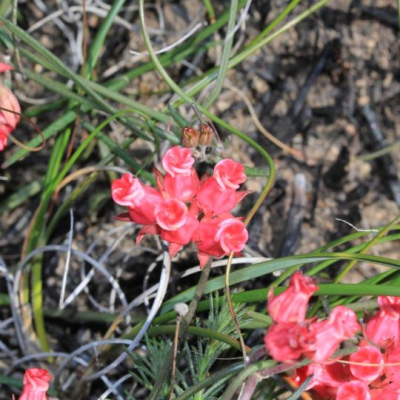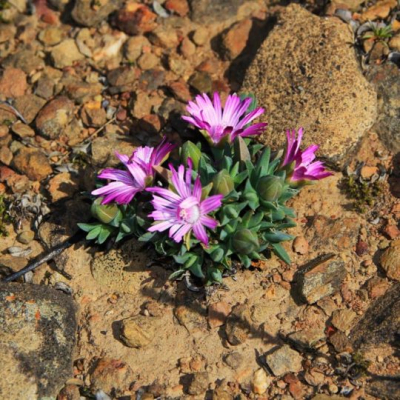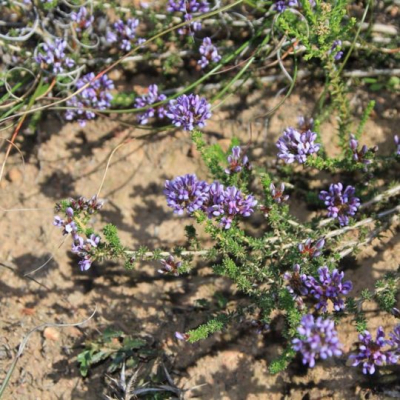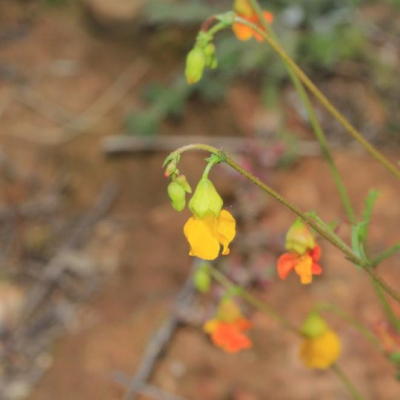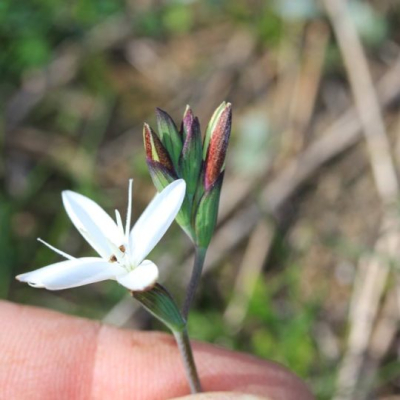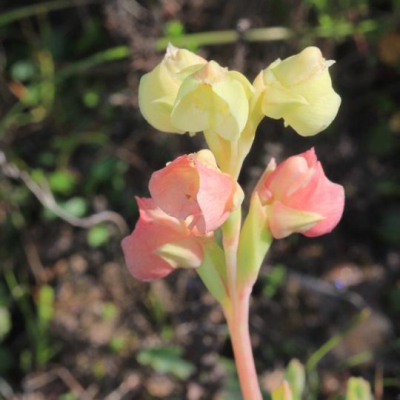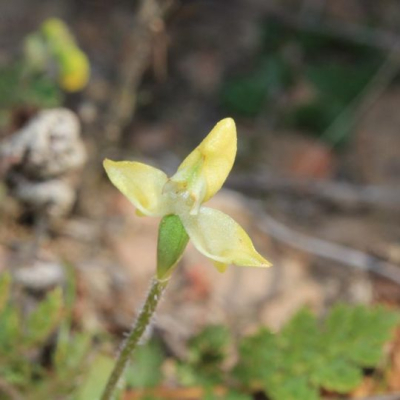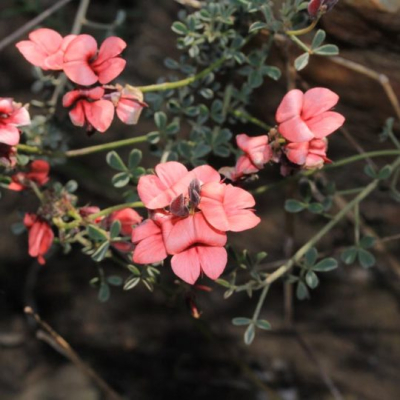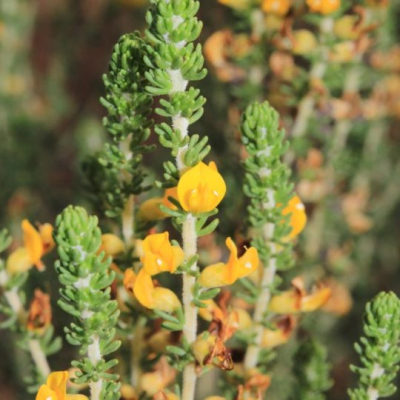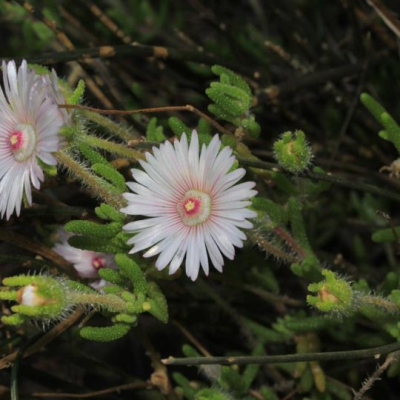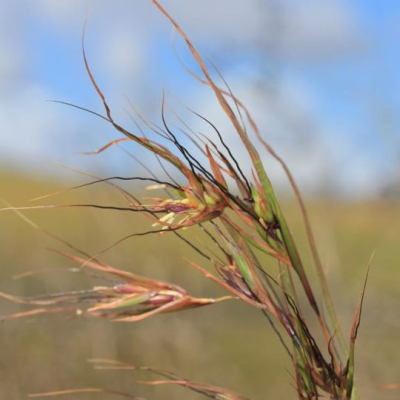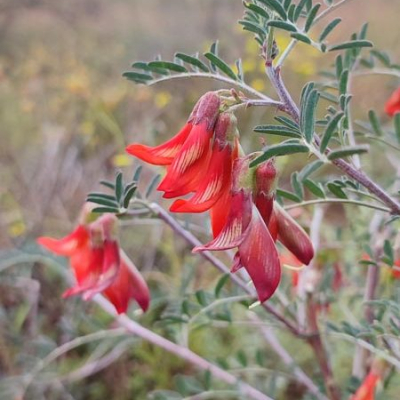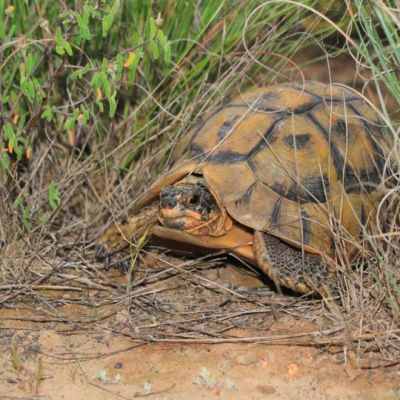By Grant Forbes
In 2021 the Overberg Renosterveld Conservation Trust (ORCT) implemented three controlled burns on sites that desperately needed restoration. These three sites: Kykoedie, Uitvlucht and Napkysmond have all signed conservation easements with the ORCT.
Last year we showed how the ORCT uses repeat photography to document post-fire change.
Now we’re in the second year after the fire. And we’re looking back at these sites to see how much the landscape has changed over 12 months.
Above: Moraea tripetala
Managing the landscape after fire
Since the burns the ORCT and the respective landowners have erected stock fencing to protect the veld – because it’s such a crucial time for the growth. Under natural conditions, in pre-settlement times, the large areas might have burnt in more of a mosaic, creating a patchwork of various veld ages. This would have allowed indigenous browsers and grazers to make use of these areas to feed on.
However, in the current conditions it is very important to protect these fragments from livestock that would now be attracted to them because of the high palatability of the species that grow after the fire. If we let the livestock feed on the shrubs coming up, it would put the veld on a trajectory of unpalatable shrub domination. Just like fynbos, Renosterveld can also only cope with so much disturbance, especially from fire and grazing.
Above: Gladiolus teretifolius
Effects of a drier year
2022 didn’t bring us the climatic conditions we hoped for. The Overberg Rûens suffered a drier year compared to the preceding two years, yet not the drought conditions we experienced in 2017 to 2019. Our landowners and the veld experienced this first-hand: not only have the crops produced lower yields this year, but this was also evident in the veld.
Despite this, the veld didn’t fail to surprise. Just take a look at how our first easement site, Kykoedie, had responded by spring 2022.
At our second easement site, Napkysmond, the landscape had also changed by spring 2022 – although the impact of the drier year can be seen.
Above: Hermannia diversistipula
In all three of the easement sites, the veld was dominated by hermannias and various grass species after the burn. This started giving the burn scars a softer appearance, but along with the drier conditions, made finding gems a little harder. Hermannias are some of the more palatable species and are targeted by livestock. You can also see the emergence of grasses that are also palatable early on. This makes this a crucial time in the recovery period of the veld.
An exciting find
Our partners at Uitvlucht shared photos of the Polhillia brevicalyx that flowered for the first time after the fire. The mother plant survived the fire and started coppicing soon after from a rootstock that could be very old. During this year’s survey, we have found younger plants across the site. This species was only know from the Ouka (Freek Botha) River that drains into the Riversonderend River. But following our surveys during the past spring season, an additional population has been found – which was a great, but rare find. The ORCT will continue to monitor this additional population which consists of about 50 plants.
Above: Polhillia brevicalyx
This again shows how important every fragment is, and there is still so much to explore and document in the Overberg.
Thank you to the landowners who are protecting their Renosterveld through the Conservation Easement Programme and to our donor partners who help us broaden our reach across the Overberg to protect more and more of these wonderful patches.

